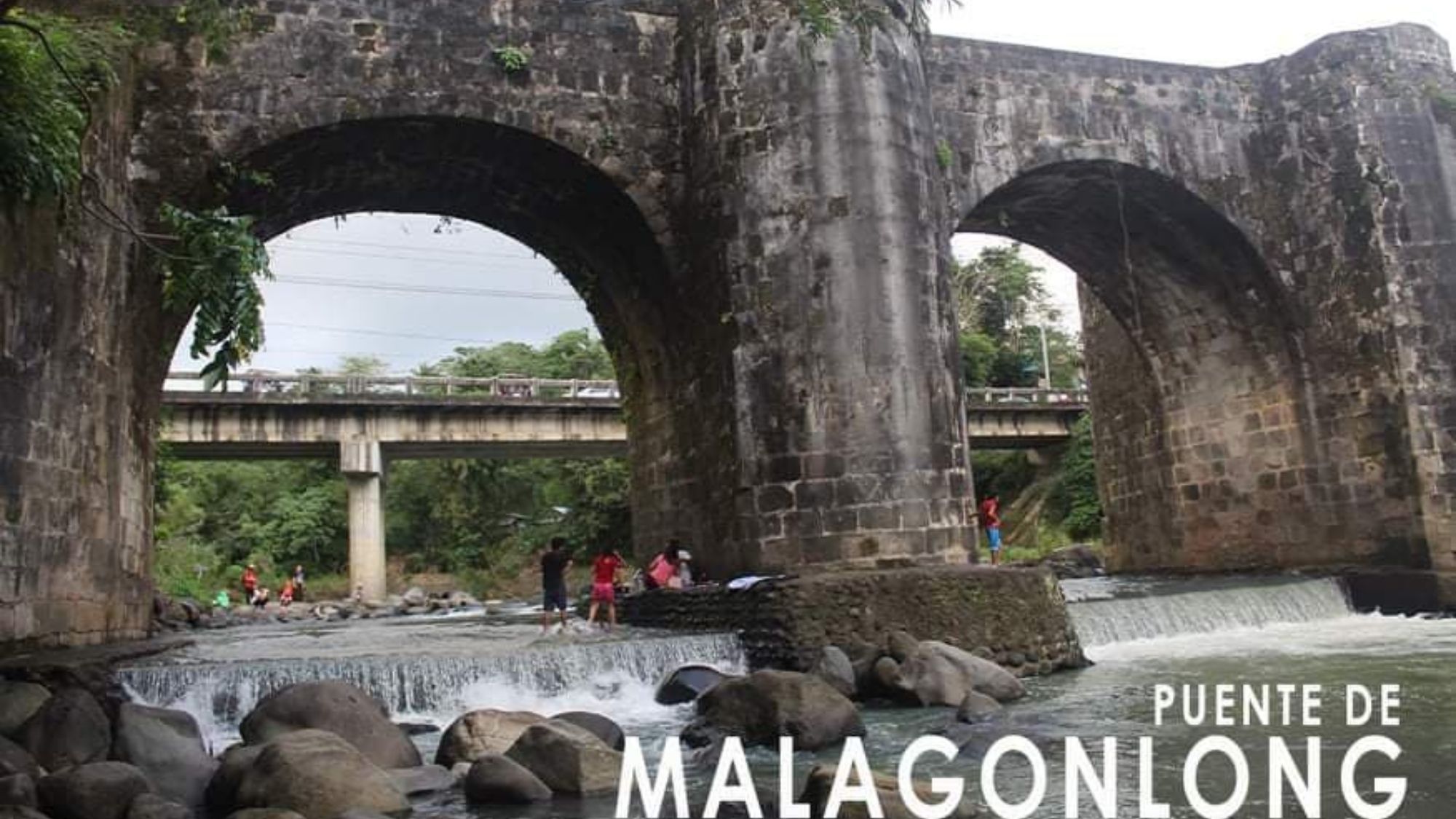The National Historical Commission of the Philippines (NHCP) – Museo El Deposito has partnered with a local historical society in documenting Tayabas City’s iconic stone bridges in a recent virtual tour.
TAYABAS CITY, Quezon – The National Historical Commission of the Philippines (NHCP) – Museo El Deposito has partnered with the Tuklas Tayabas Historcal Society, a non-government organization (NGO), in a virtual tour of this city’s iconic bridges, some of which date back to the Spanish colonial period.
The virtual tour, called “Puentes de Tayabas: Ang Kwento ng mga Pamanang Tulay,” premiered online last May 15.
John Valdeavilla, president of Tuklas Tayabas and a researcher who documented the history of the city’s 36 Spanish bridges, narrated the virtual tour.
“Ang mga tulay sa buong Pilipinas ay may iba’t ibang katangian ngunit ang mga lokal na mamamayan ang nagbibigay ng kuwento kaya nagkakaroon ito ng kakaibang katangian. At kung masisira ng kagandahan at kalinisan ng nga ilog ay masisira din ang mga kuwento sa likod ng mga tulay na ito,” Valdeavilla said.
Fredeswinda Carillo, a retired teacher, shared how the Puente de Asis in Barangay Calumpang became a part of their community’s everyday living.
“Sa Puente de Asis kami kumukuha ng tubig-inumin at doon din kami naglalaba. Maraming magagagandang karanasan ang mga lokal dito. May dala kaming galon para sa tubig inumin o bumbong ng kawayan. Saksi ang ilog na ito sa magagandang karanasan,” Carillo related.
Other bridges in Tayabas City include the Puente de Malagonlong, Puente de Baawin, Puerto Princesa, Puente De Bai, Puente de Lakawan, Puente de Mate, Puente de Isabel II, and Puente de Nangca.
Another bridge that has been popular with tourists is the Puente de Magalonlong, known as one of the oldest and longest Spanish bridges in the Philippines.
The bridge, which was made out of over 100,000 adobe bridge, took ten years to complete and was inaugurated in 1850 Gobernadorcillo Don Julian S. Francisco.
The bridge is now closed to traffic after a new bridge spanning Dumacaa River was completed.
The bridge was not included in the list of UNESCO World Heritage Sites due to the existence of the newly constructed bridge.
However, it was declared by the National Museum as a National Cultural Treasure under the Historic Bridges category on August 12, 2011.
The city government of Tayabas has embarked on a program to preserve the structural integrity of the bridges, including repairing some that are on the verge of ruin. (AG)
Tags: #OpinYonQuezonin, #TayabasCity, #Spanishbridges, #culturalheritage
